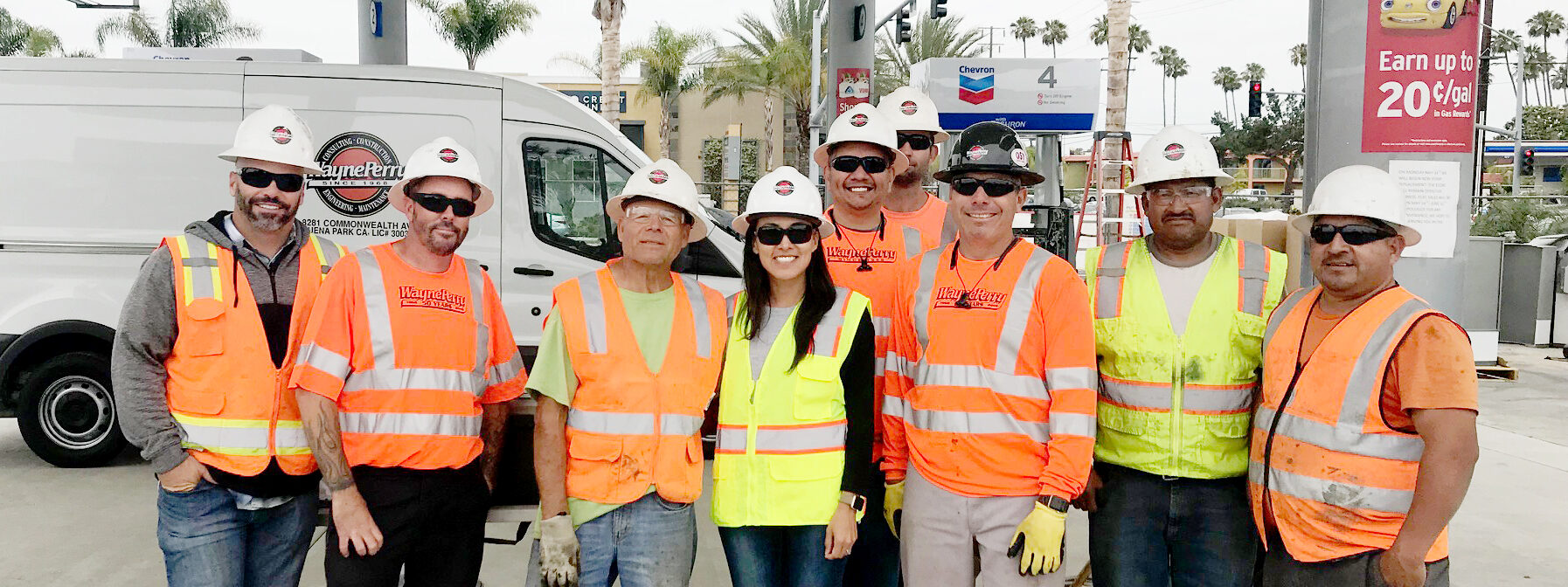Owning and operating a fuel servicing station in California presents a lucrative opportunity given the state’s escalating population and ever-increasing demand for fuel. As the number of vehicles on California roadways continues to rise, fuel station owners may wish to consider expanding their operations—a venture that can be both rewarding and profitable.
Why Expand?
While the ability to service more customers remains a significant driver, offering alternative fuel sources such as liquid natural gas (CNG), hydrogen, and electric vehicle supply equipment (EVSE) is becoming increasingly beneficial given the state’s mandate to reduce greenhouse emissions. For these and other reasons, consider expanding your operations.
Adding a C-store or expanding your existing C-store to include more snacks, drinks, fresh food, and impulse items to broaden your services beyond the sale of fuel [link to the blog post on what customers want to see in a C-store] provides an additional source of revenue and enhances the customer experience. With a larger station, you can also capitalize on economies of scale, such as better pricing on fuel and convenience store items.
What’s Involved in Expanding:
- Conducting a Comprehensive Feasibility Study
Before embarking on any expansion project, a thorough feasibility study is essential. Qualified professionals can guide you in analyzing market demand, area competition, regulatory requirements, and your potential return on investment. Understanding local demographics and consumer behavior models is crucial for tailoring your services to meet the specific needs of the community. - Securing the Necessary Permits
The regulatory landscape for fuel stations in California is exceptionally stringent. Obtaining permits from local, state, and federal authorities, including environmental impact studies, zoning permits, and compliance with safety regulations, is imperative. - Ensuring Environmental Compliance
Complying with California’s environmental protection regulations is crucial in helping safeguard the environment and public health. By complying, you enhance the public perception of your station and demonstrate your commitment to environmental responsibility and community well-being. - Consider Investing in Alternative Fuel Sources
In response to the growing interest in alternative fuels and sustainable technologies, expanding your operations can involve incorporating electric vehicle charging stations, hydrogen fueling, compressed natural gas (CNG), or other eco-friendly options. Diversifying fuel offerings aligns with the state’s commitment to reducing carbon emissions and fosters a forward-thinking image for the business. - Adding or Upgrading Convenience Services
Expanding your operations can extend beyond selling fuel. Offering convenience services such as car washes, convenience store items, and food services enhances the overall customer experience and boosts revenue. By analyzing the results of your site assessments and consumer trends, you can tailor your offerings to meet the demands of the local market. - Developing a Comprehensive Marketing Strategy
A successful expansion requires effective marketing. As part of your expanded services plan, you should develop a comprehensive marketing plan that highlights your new offerings. This plan should include promoting and advertising your new services, convenience options, and environmentally friendly practices. Leveraging digital marketing, social media, advertising, and local publicity avenues creates awareness and attracts a broader customer base. - Collaborating with an Experienced Construction Partner
Partnering with a seasoned design, construction, and maintenance partner streamlines the expansion process. These professionals offer a wealth of experience in designing, building, expanding, and maintaining your station. They can navigate California’s regulatory landscape, providing insights into optimal site layouts, compliance with safety and environmental standards, and efficient project management. By teaming with a reputable partner, you can mitigate risks, optimize resource utilization, and ensure preventative maintenance of your station’s infrastructure.
Expanding your fuel station business in California is a strategic undertaking that demands careful planning, regulatory compliance, and a deep understanding of marketplace dynamics. While the process may seem daunting, the potential benefits of more revenue, more customers, and a positive environmental impact make it a worthwhile pursuit. By navigating the regulatory landscape, embracing sustainable practices, and catering to evolving consumer needs, the right partner not only enables your survival but also fosters your success in a highly competitive market.





